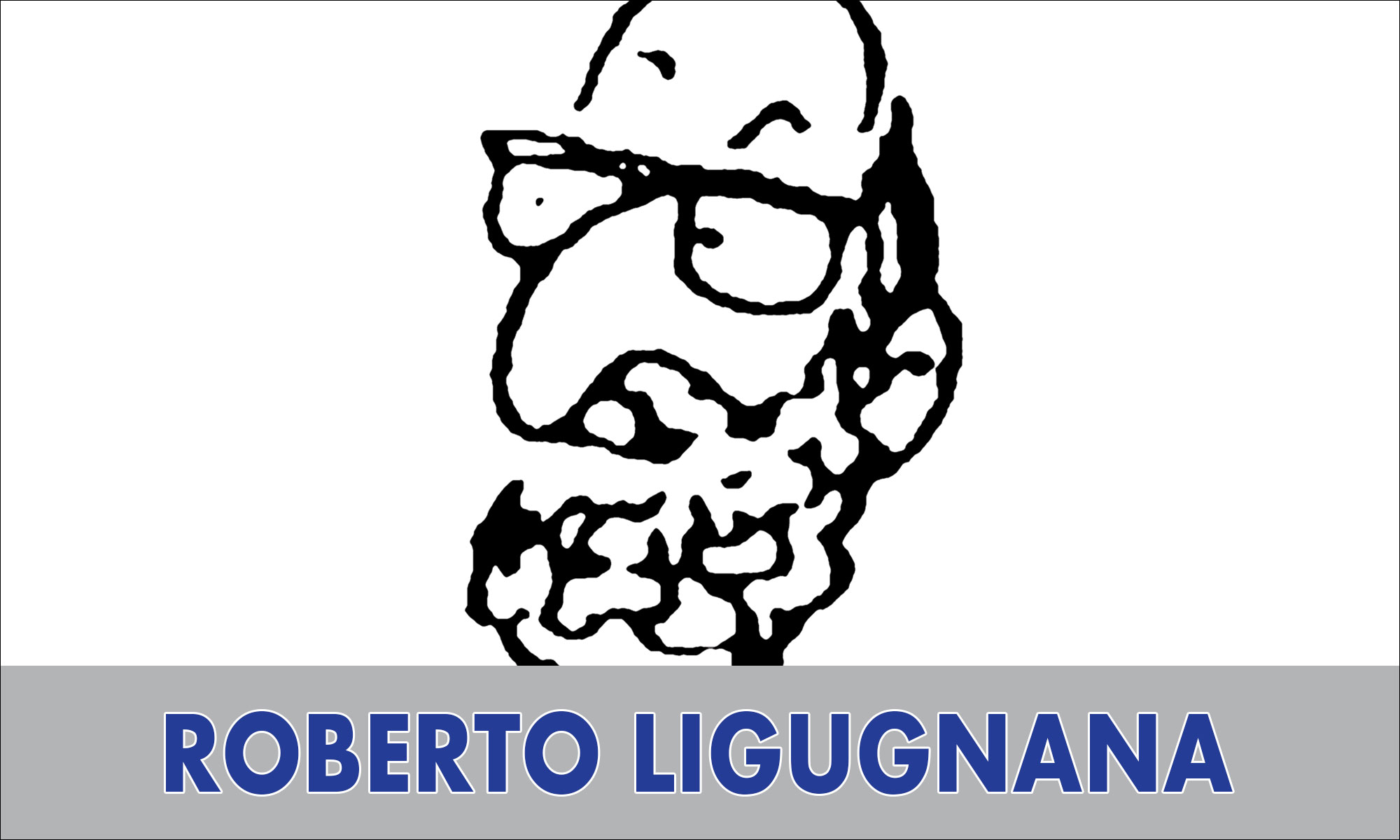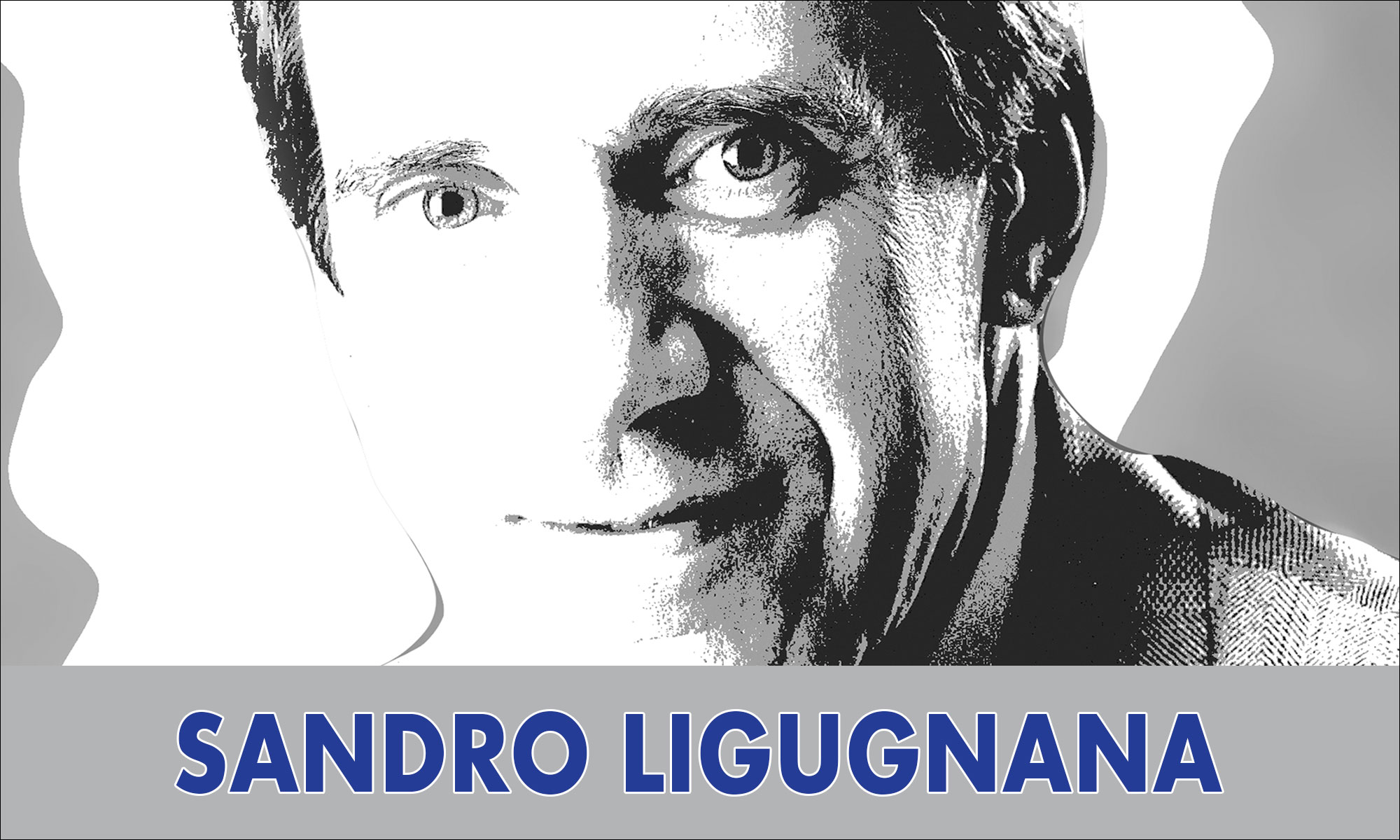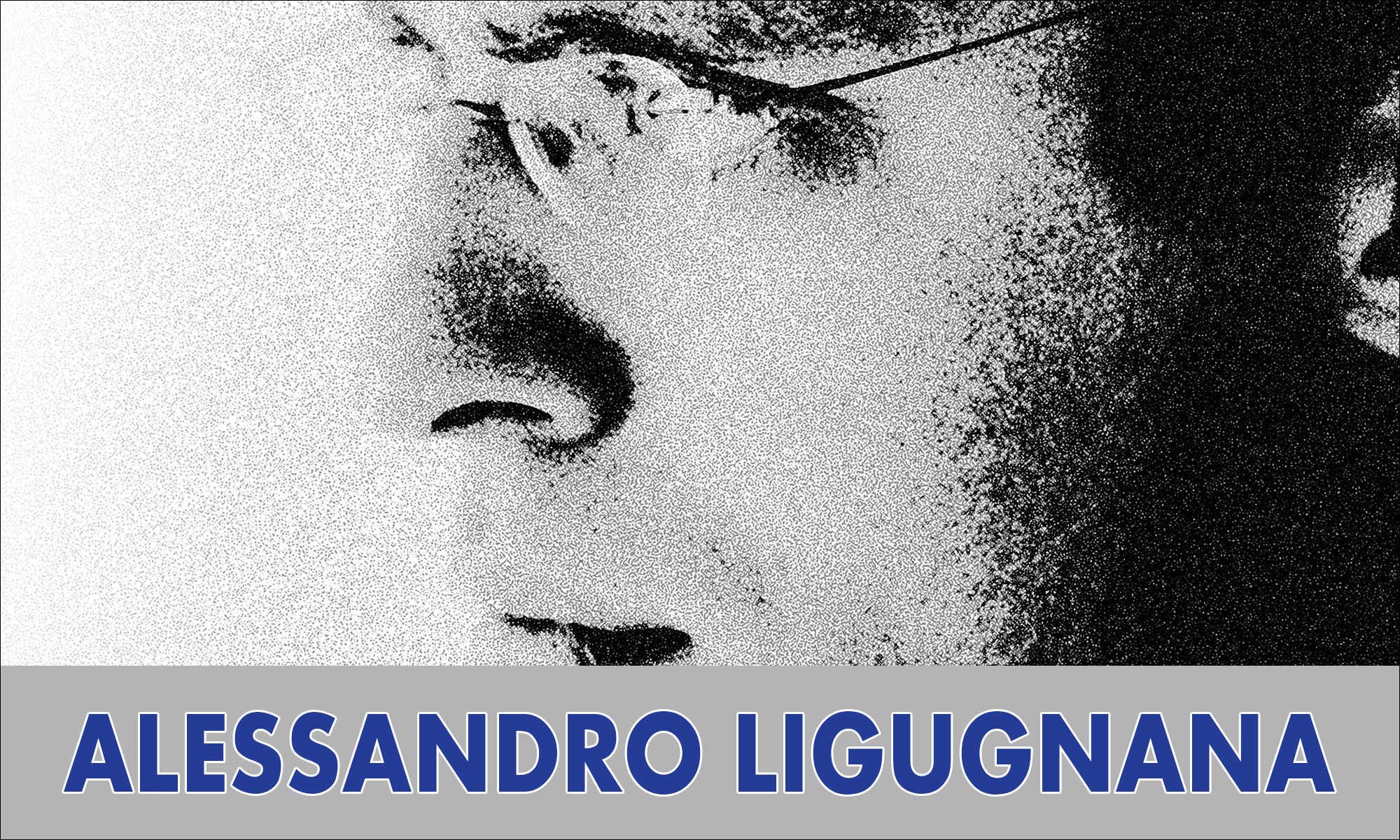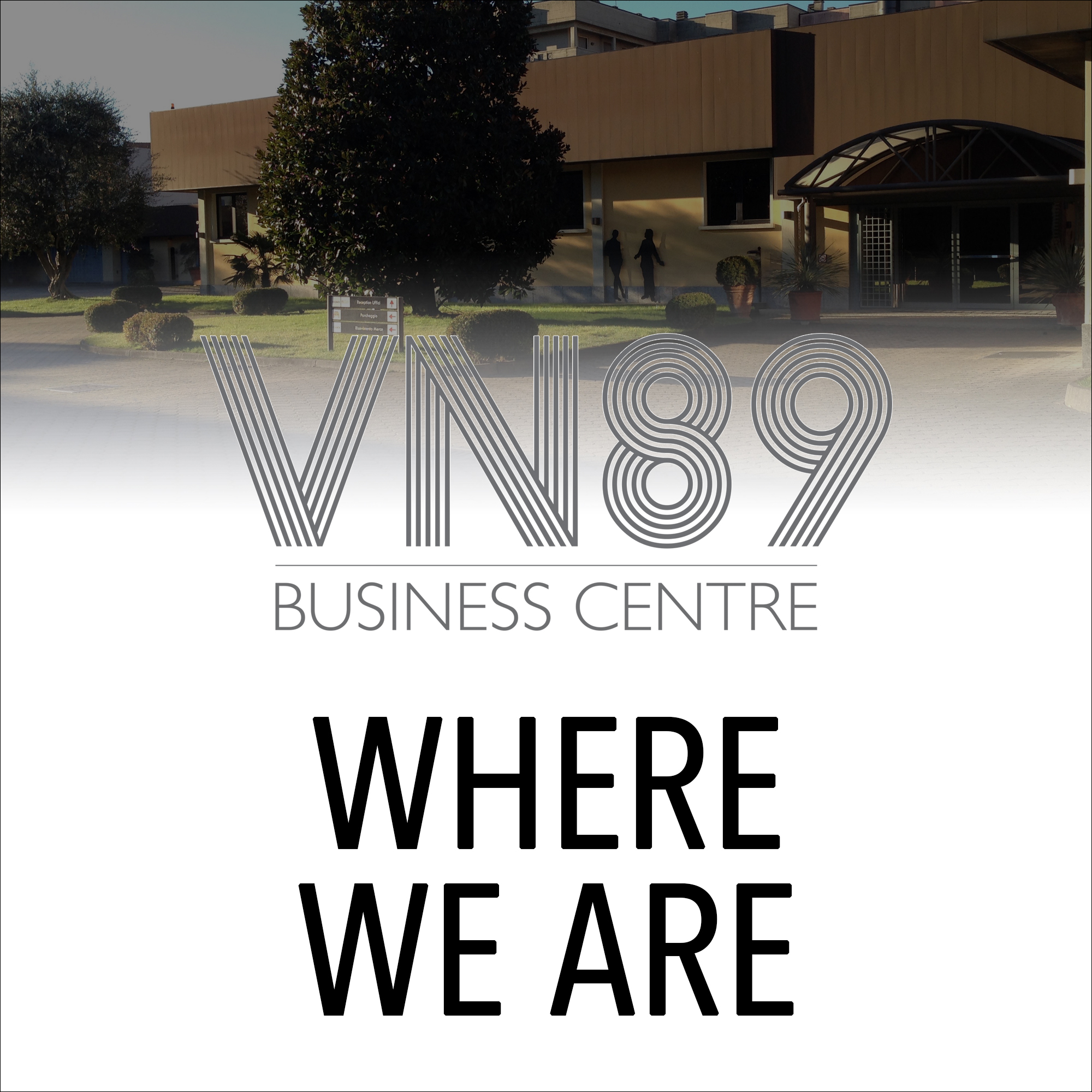Intervista a Kary Mullis il padre della PCR
GEN Exclusive: Reminiscing with Kary Mullis
GEN: How did the idea of PCR come to you?
Mullis: At first I was not even looking for a method to amplify DNA. I was working on techniques for using oligonucleotides to investigate single base pair mutations that might be present at a particular location on DNA that a doctor might have isolated from an unborn child to see if the child had a genetic disease.
Back then, to do something like this, you had to clone the DNA. Sometimes this could take several weeks. This would obviously pose a problem to a woman who needed to decide as soon as possible if she was going to have an abortion.
But one night, while driving on a road in California, I was thinking about new ways to use oligos to sequence DNA more effectively to study genetic diseases. I decided that two oligos would be better than one because each oligo could be directed to each strand of the DNA. This thought process put me on the path to discovering PCR.
GEN: There are a number of life science areas you could have chosen to study. What was it about oligos and DNA synthesis that specifically caught your attention
Mullis: The same thing that influenced Ron Cook, who founded Biosearch, which manufactures oligonucleotides. He and I were both peptide chemists at the University of California in San Francisco. One day we went to a seminar and learned that bacteria could now make peptides. I remember I looked at Ron and he looked at me, and the unspoken message was, “We are about to be replaced by bacteria.” So we decided we should start making oligonucleotides instead.
Ron eventually started working on a machine that would manufacture oligonucleotides, which later to drove me to invent PCR.
GEN: What were some of the first applications for PCR?
Mullis: Right down the hall from my lab at Cetus, there was a group headed by Henry Ehrlich. Randy Saiki worked in that lab. Randy and his colleagues were trying to come up with an in vitro diagnostic for sickle cell anemia that would work on small DNA samples that they could get from a fetus. I was able to amplify the sickle cell gene with PCR. Tom Caskey’s lab at Baylor later used PCR in their work on Duchenne muscular dystrophy.
GEN: What did it feel like to win a Nobel Prize?
Mullis: It changed my life. When a country and its king gives you such an award that kind of impresses the heck out of you. All of a sudden you are a celebrity and not just a grant scientist. Everybody in the world wants you to come to their university and give a lecture. You feel like a rock star, for at least a few months.
Fonte: Genetic Engineering & Biotechnology News [update@genengnewsmail.com]
http://genengnews.com/gen-articles/30-years-young-and-still-evolving/5048/

















